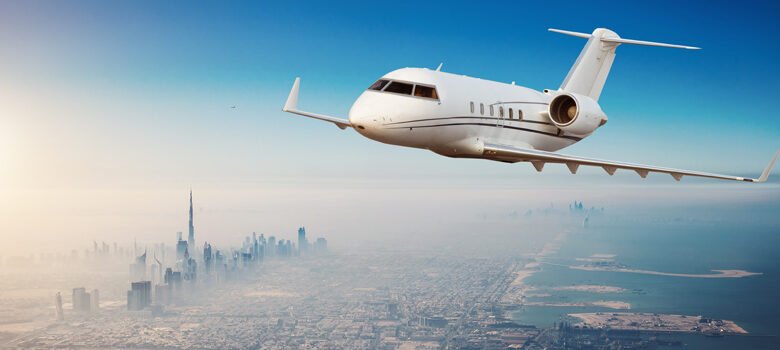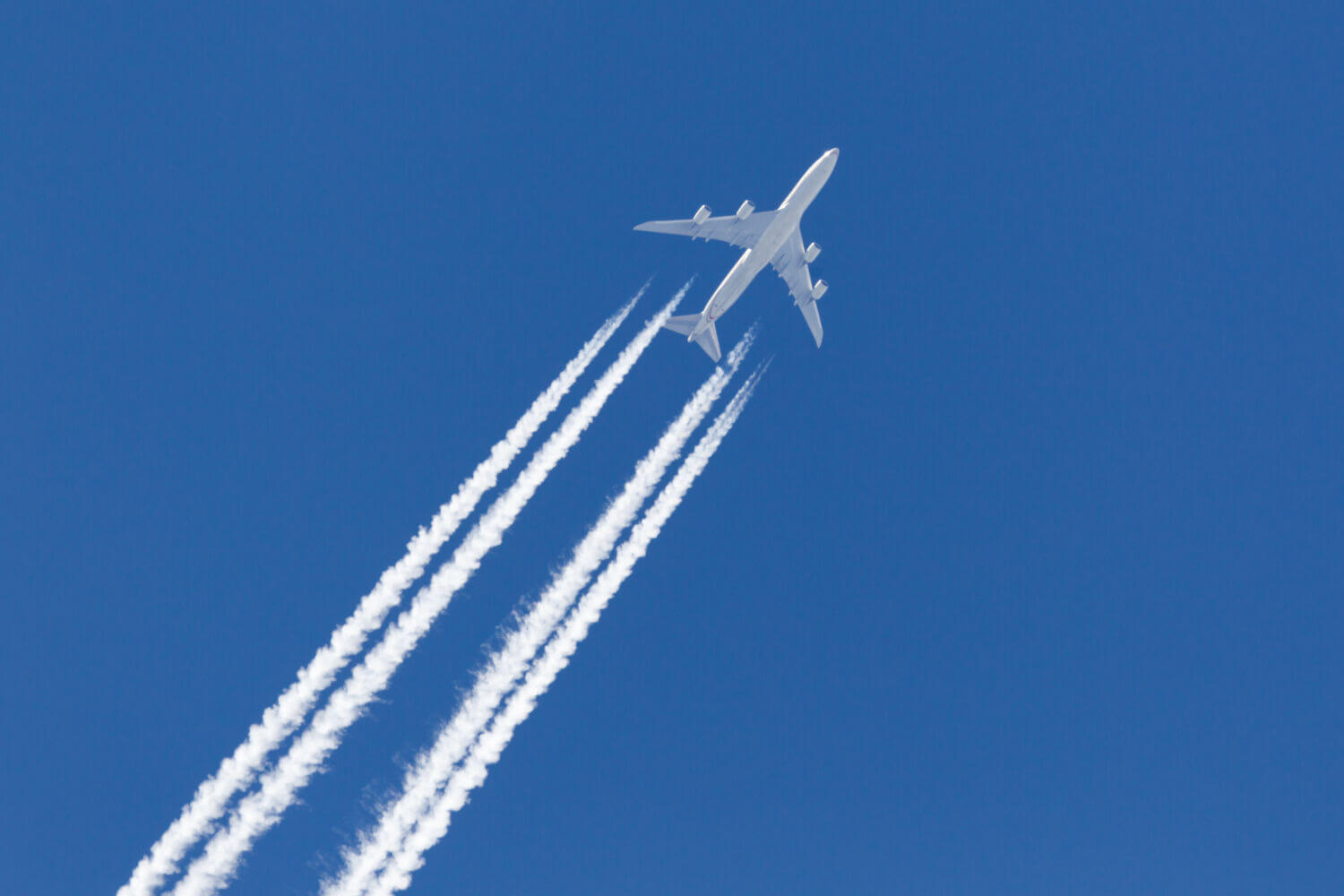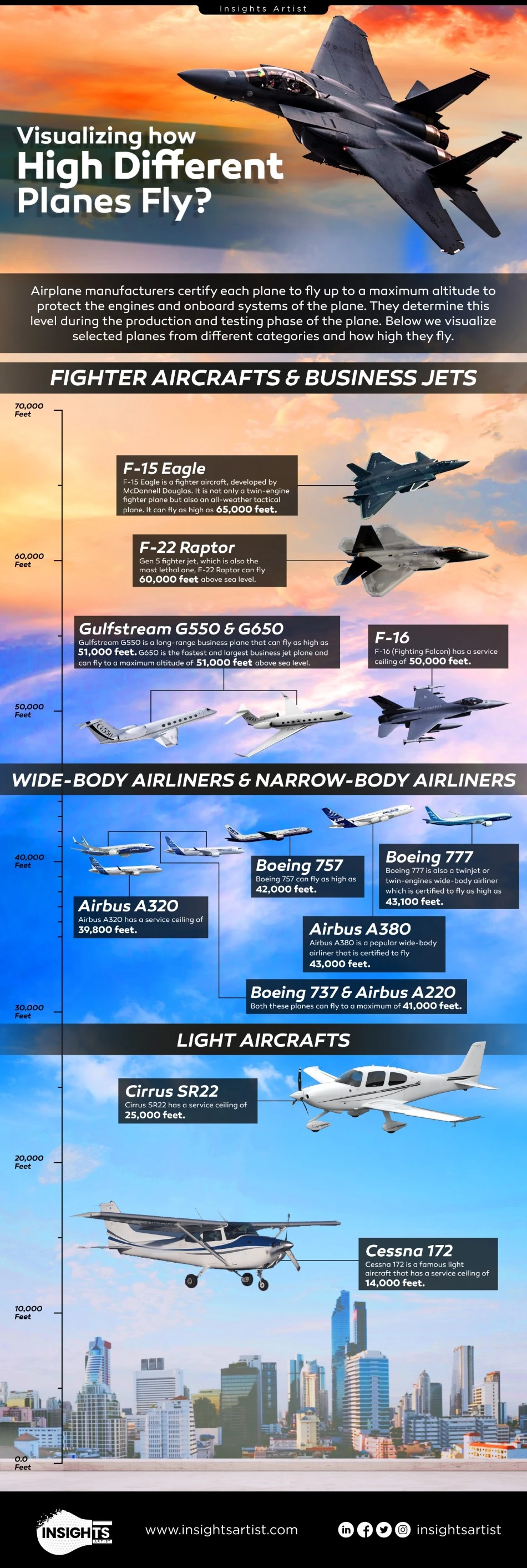How High Do Planes Fly: Altitudes Unveiled

Planes fly at altitudes ranging from 35,000 to 42,000 feet. Planes fly at various altitudes, typically between 35,000 to 42,000 feet.
These altitudes are chosen to ensure safety, efficiency, and optimal performance. At these heights, planes can avoid turbulent weather conditions, reduce air resistance, and take advantage of more favorable wind patterns. Additionally, flying at higher altitudes allows planes to operate in the less congested airspace, minimizing the risk of collisions.
Furthermore, cruising at higher altitudes also reduces fuel consumption and emissions, making air travel more environmentally friendly. So, while planes can reach different heights depending on factors such as aircraft type and flight path, they generally fly at altitudes within this range to ensure a smooth and efficient journey.
The Science Of Flight Altitudes
Flying at various altitudes, planes typically cruise between 30,000 to 40,000 feet above sea level. This optimal height ensures fuel efficiency, smoother air currents, and quicker travel times for passengers. Some aircraft, like the Concorde, can reach heights exceeding 60,000 feet, pushing the boundaries of flight technology.
Atmospheric Layers And Aviation
Planes fly at different altitudes based on various factors, including the type of aircraft, weather conditions, and the distance of the flight. One of the main factors that determine how high planes can fly is the Earth’s atmosphere. The atmosphere is divided into several layers, and each layer has different characteristics that affect aviation. The troposphere is the lowest layer of the atmosphere and where most commercial planes fly. The stratosphere is above the troposphere and is where the ozone layer is located. The mesosphere is the next layer, followed by the thermosphere and the exosphere.
Pressure And Oxygen Levels At High Altitudes
As planes fly higher, the air pressure and oxygen levels decrease, which can affect passengers and crew. At high altitudes, the air pressure is lower, which can cause ear pain and discomfort. Additionally, the oxygen levels are lower, which can lead to altitude sickness and breathing difficulties. To combat these effects, planes are pressurized, and passengers and crew are provided with supplemental oxygen if necessary. In conclusion, understanding the science of flight altitudes is crucial for aviation. Pilots and engineers must take into account the Earth’s atmospheric layers, air pressure, and oxygen levels when designing and operating planes. By doing so, they can ensure the safety and comfort of passengers and crew while flying at high altitudes.
Credit: www.quora.com
Commercial Flight Patterns
Commercial flight patterns dictate how high do planes fly. Typically, aircraft cruise at altitudes between 30,000 to 40,000 feet. Flying at higher levels ensures fuel efficiency and smoother air travel for passengers.
Typical Altitudes For Airliners
Commercial airplanes typically fly at altitudes ranging from 31,000 to 38,000 feet.
Long-haul flights operate at higher altitudes to optimize fuel efficiency and reduce air resistance.
Factors Influencing Cruise Altitude
- Weight of the Aircraft: Heavier planes fly at lower altitudes.
- Air Traffic: Flight paths are influenced by air traffic control directives.
- Weather Conditions: Pilots adjust altitudes to avoid turbulence and adverse weather.
- Route Distance: Longer flights tend to cruise at higher altitudes.
| Altitude Range (feet) | Flight Type |
|---|---|
| 31,000 – 35,000 | Short to medium-haul flights |
| 35,000 – 38,000 | Long-haul international flights |
Aircraft altitude is a dynamic aspect of commercial flight, influenced by various factors.
Private Vs. Commercial Altitudes
When it comes to flying, altitude plays a crucial role in ensuring a safe and efficient journey. Understanding the differences between private and commercial aircraft altitudes is essential for both aviation enthusiasts and curious travelers. Let’s delve into the fascinating world of private versus commercial altitudes.
How Private Planes Differ
Private planes, also known as general aviation aircraft, operate on altitudes that differ from their commercial counterparts. These smaller aircraft typically fly at lower altitudes, ranging from 1,000 to 10,000 feet above ground level (AGL). By flying at lower altitudes, private pilots can enjoy a more scenic experience, offering breathtaking views of landscapes and landmarks below.
Private planes also have the advantage of accessing a wider range of airports, including smaller regional airfields. This flexibility allows private pilots to choose the most convenient airports for their specific destinations, avoiding congested and busy commercial hubs.
It is important to note that private planes can also reach higher altitudes if necessary. When flying over mountainous terrains or adverse weather conditions, private pilots may ascend to higher altitudes for enhanced safety and improved performance.
Navigating Airspace Restrictions
While commercial aircraft follow strict flight paths and designated airways, private planes have more freedom in navigating airspace restrictions. These aircraft can deviate from direct routes, taking advantage of their flexibility to avoid congested areas or adverse weather conditions.
Private pilots must, however, adhere to airspace regulations and obtain necessary clearances when entering controlled airspace or restricted zones. This ensures the safety and coordination of air traffic in shared airspace.
When it comes to altitude restrictions, private pilots must remain below certain ceilings to maintain separation from commercial air traffic. These altitudes can vary depending on the specific airspace classification and proximity to airports.
Private Plane Altitude Examples:
| Airspace Classification | Maximum Altitude (AGL) |
|---|---|
| Class G | 1,200 feet AGL |
| Class E | 14,500 feet AGL |
| Class D | 2,500 feet AGL |
These altitude restrictions ensure safe separation between private and commercial aircraft, allowing for efficient and organized airspace utilization.
In conclusion, private and commercial aircraft operate at different altitudes, each with its own advantages and limitations. While private planes enjoy lower altitudes for scenic views and increased flexibility, commercial aircraft adhere to strict flight paths and higher altitudes for optimized efficiency and air traffic management. Understanding these distinctions adds to the overall appreciation of the diverse world of aviation.
Military Aircraft Heights
Military aircraft heights vary depending on the type of plane and its purpose. Fighter jets can fly at altitudes of up to 50,000 feet, while reconnaissance aircraft like the U-2 spy plane can reach heights of over 70,000 feet. The maximum altitude of military planes allows them to carry out their missions effectively and stay out of reach of enemy defenses.
Military aircrafts are designed for specific purposes, including reconnaissance, combat, and transportation. These aircrafts are built to withstand extreme conditions and altitudes. In this section, we will explore the exceptional altitudes military aircrafts can reach, with a focus on specialized high-altitude reconnaissance.
Exceptional Altitudes For Defense
Military aircrafts are capable of reaching altitudes that are far beyond what commercial planes can achieve. The maximum altitude for most military planes is classified information and varies depending on the type of aircraft and its intended purpose. However, it is known that military aircrafts can fly at altitudes of up to 60,000 feet, which is almost twice as high as commercial planes.
Specialized High-altitude Reconnaissance
One of the most important uses of military aircrafts is specialized high-altitude reconnaissance. This involves flying at extremely high altitudes to gather intelligence and monitor enemy activities. Some of the most popular aircrafts used for this purpose are the U-2 Spy Plane and the SR-71 Blackbird. These aircrafts can fly at altitudes of up to 70,000 feet, making them nearly impossible to detect.
| Aircraft Type | Maximum Altitude |
|---|---|
| U-2 Spy Plane | 70,000 feet |
| SR-71 Blackbird | 85,000 feet |
| MQ-9 Reaper Drone | 50,000 feet |
These specialized aircrafts are equipped with advanced technology, including high-resolution cameras and sensors, to gather intelligence from enemy territories. The information gathered from these flights is used to plan military operations and make strategic decisions. In addition, specialized high-altitude reconnaissance is also used for weather forecasting and scientific research. In conclusion, military aircrafts can fly at exceptional altitudes, making them an important asset for defense and reconnaissance purposes. Their ability to fly at high altitudes and gather intelligence is vital to national security and strategic planning.
The Jet Stream’s Influence
Jet Stream Basics
The jet stream is a fast-flowing, narrow air current found in the atmosphere at high altitudes. It is caused by a combination of the Earth’s rotation, temperature differences, and atmospheric pressure. Jet streams can reach speeds of up to 200 miles per hour.
Optimizing Flight Paths
Airlines and pilots take advantage of the jet stream to optimize flight paths and reduce fuel consumption. By flying within or near the jet stream, aircraft can benefit from tailwinds that increase their ground speed and shorten travel times. This can result in significant cost savings for airlines and reduced environmental impact due to decreased fuel consumption.

Credit: www.flightdeckfriend.com
Weather Impact On Altitude
When it comes to flying, weather conditions play a crucial role in determining the altitude at which planes operate. Pilots and air traffic controllers closely monitor weather patterns to ensure safe and efficient travel for passengers. Understanding the impact of weather on altitude is essential for a smooth and comfortable journey.
Avoiding Turbulence And Storms
One of the main reasons pilots adjust their altitude is to avoid turbulent weather conditions and storms. Turbulence can occur when there are changes in wind speed or direction, or when air masses of different temperatures collide. It can cause discomfort for passengers and even pose a safety risk. By climbing or descending to a different altitude, pilots can often find smoother air and avoid turbulent areas.
Weather-related Altitude Adjustments
Weather conditions such as strong winds, thunderstorms, or icing can also influence the altitude at which planes fly. Pilots may need to make altitude adjustments to navigate around these weather phenomena. For example, strong headwinds can slow down an aircraft and increase fuel consumption. By flying at a higher altitude, pilots can take advantage of tailwinds and save both time and fuel.
In addition, thunderstorms can produce severe updrafts and downdrafts, which can be hazardous for aircraft. Pilots may choose to climb or descend to avoid these areas of unstable air. Similarly, when temperatures drop below freezing, ice can accumulate on the aircraft’s surfaces. By flying at a higher altitude where temperatures are warmer, pilots can prevent ice formation and maintain the aircraft’s performance.
Overall, weather conditions have a significant impact on the altitude at which planes fly. Pilots must constantly assess the weather situation and make necessary adjustments to ensure a safe and comfortable flight for everyone on board.
Safety Measures At High Altitudes
Planes typically fly at altitudes ranging from 30,000 to 40,000 feet. At such heights, safety measures are crucial to ensure passengers’ well-being. These include pressurized cabins, oxygen masks, and emergency procedures to address any altitude-related issues.
Emergency Oxygen Systems
In case of cabin pressure loss, emergency oxygen masks automatically drop.
Pressurization And Passenger Comfort
Cabin pressurization maintains comfortable oxygen levels during high-altitude flights. High-altitude safety measures include emergency oxygen systems and cabin pressurization. Emergency oxygen masks deploy if cabin pressure drops. Cabin pressurization ensures passenger comfort by regulating oxygen levels.

Credit: insightsartist.com
Future Of Flight Altitudes
Exploring the Future of Flight Altitudes unveils exciting possibilities in aviation. Let’s delve into the Advancements in Aircraft Design and The Quest for Higher, Faster Travel.
Advancements In Aircraft Design
New technologies enable aircraft to reach unprecedented altitudes.
The Quest For Higher, Faster Travel
Pursuit of faster speeds pushes boundaries for future flight altitudes.
Frequently Asked Questions
How High Do Commercial Airplanes Fly?
Commercial airplanes typically fly at altitudes between 31,000 and 38,000 feet, which is around 5. 9 to 7. 2 miles. This altitude is chosen for fuel efficiency and to avoid turbulence.
What Are The Reasons For Flying At High Altitudes?
Flying at high altitudes reduces air resistance, which helps to conserve fuel and reach optimal speeds. Additionally, it allows planes to avoid adverse weather conditions and turbulence, providing a smoother and more efficient journey.
Is It Safe To Fly At Such High Altitudes?
Yes, it’s safe to fly at high altitudes. Commercial airplanes are designed and tested to operate at these heights. Pilots are trained to handle any situation, and modern aircraft are equipped with systems to ensure safe operation even at high altitudes.
Conclusion
Understanding the altitude at which planes fly is essential for air travel enthusiasts and curious minds alike. The fascinating world of aviation offers a glimpse into the heights reached by different types of aircraft, providing a deeper appreciation for the engineering marvels that make air travel possible.
Whether for leisure or educational purposes, exploring the altitude of planes adds an enriching dimension to our understanding of the skies.





